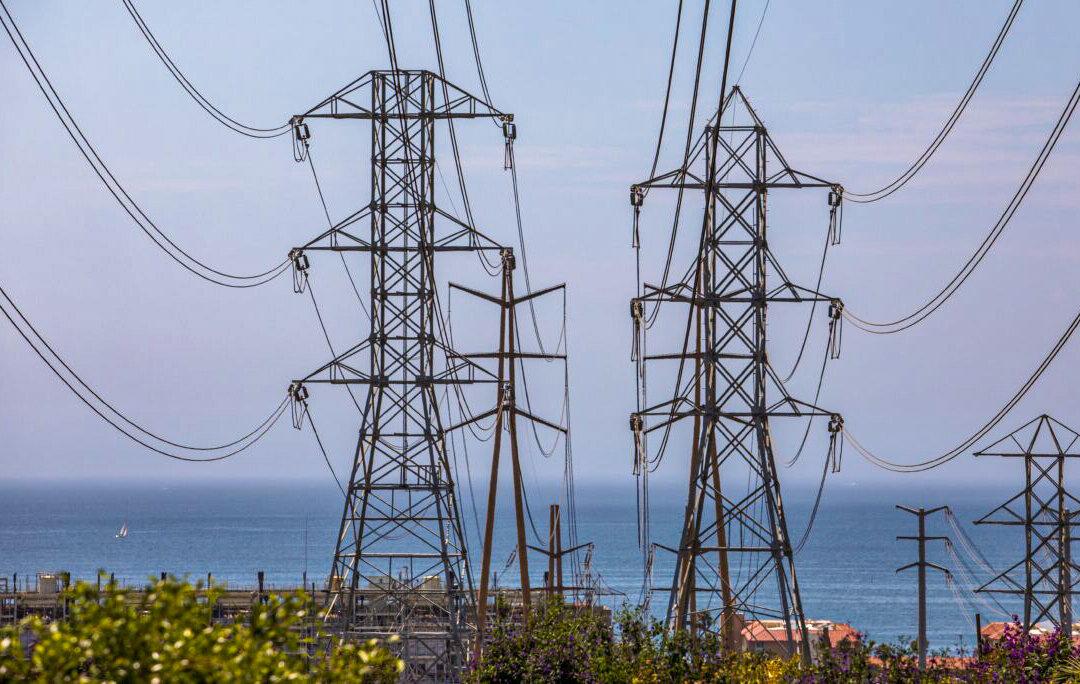Commentary

Windmills and power lines in a file photo near Tracy, Calif., on Aug. 17, 2022. Carlos Barria/Reuters
Jim Phelps spent 35 years in the power industry as an engineering contractor and utility rate analyst. He served nearly four years supporting and implementing California’s new standardized energy reporting law, AB 1110, at the California Energy Commission. He has written extensively about Community Choice Energy for the past twelve years.
Author’s Selected Articles




